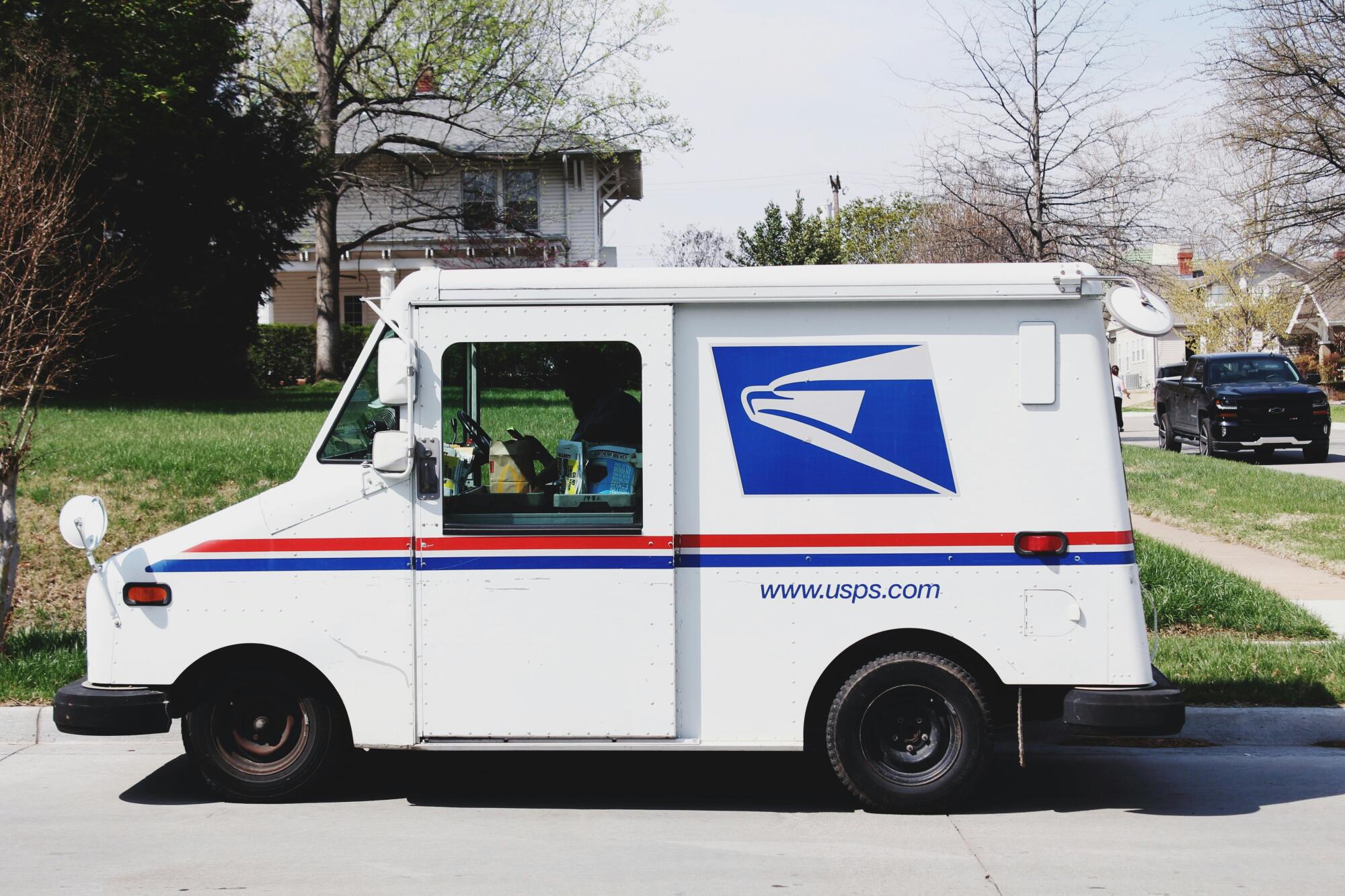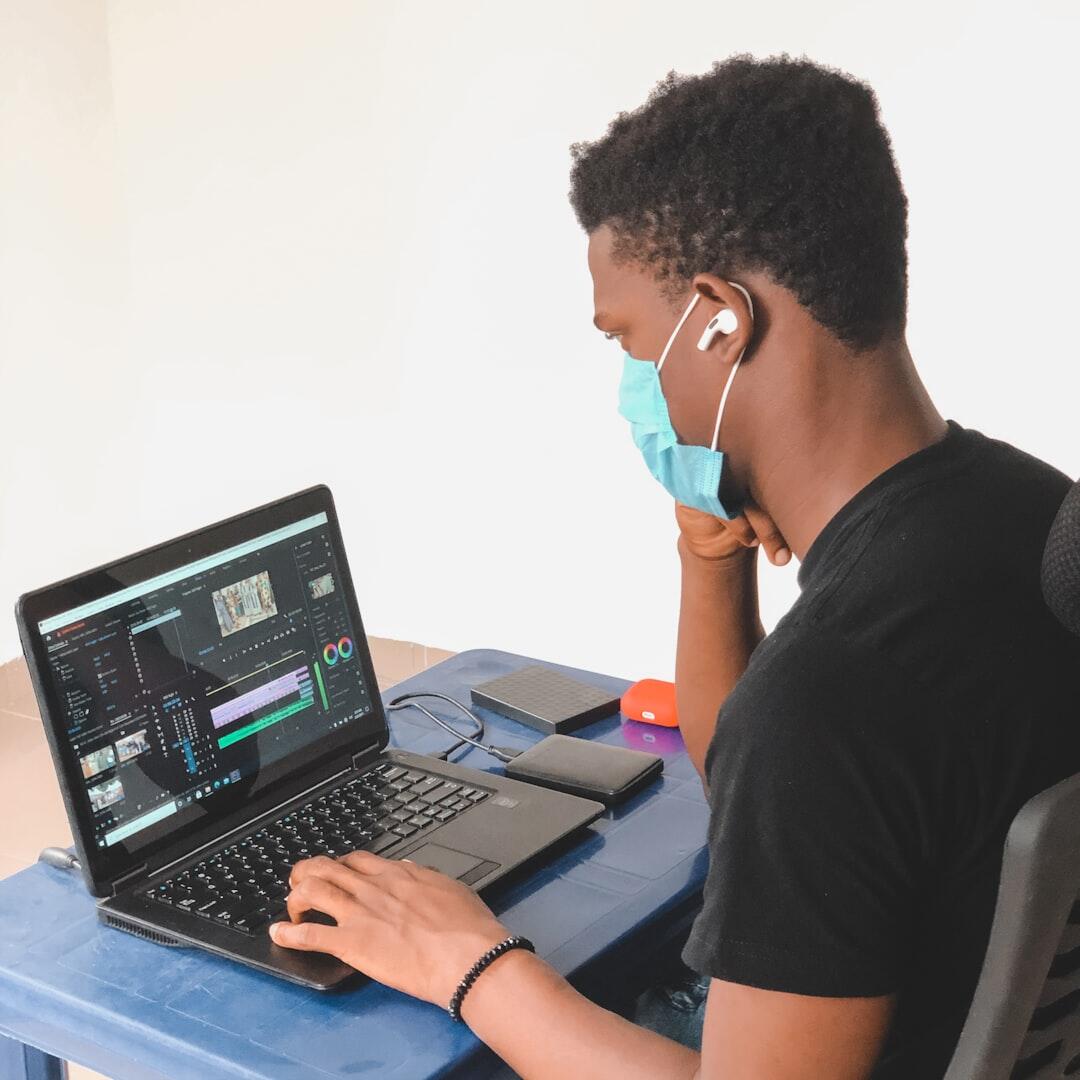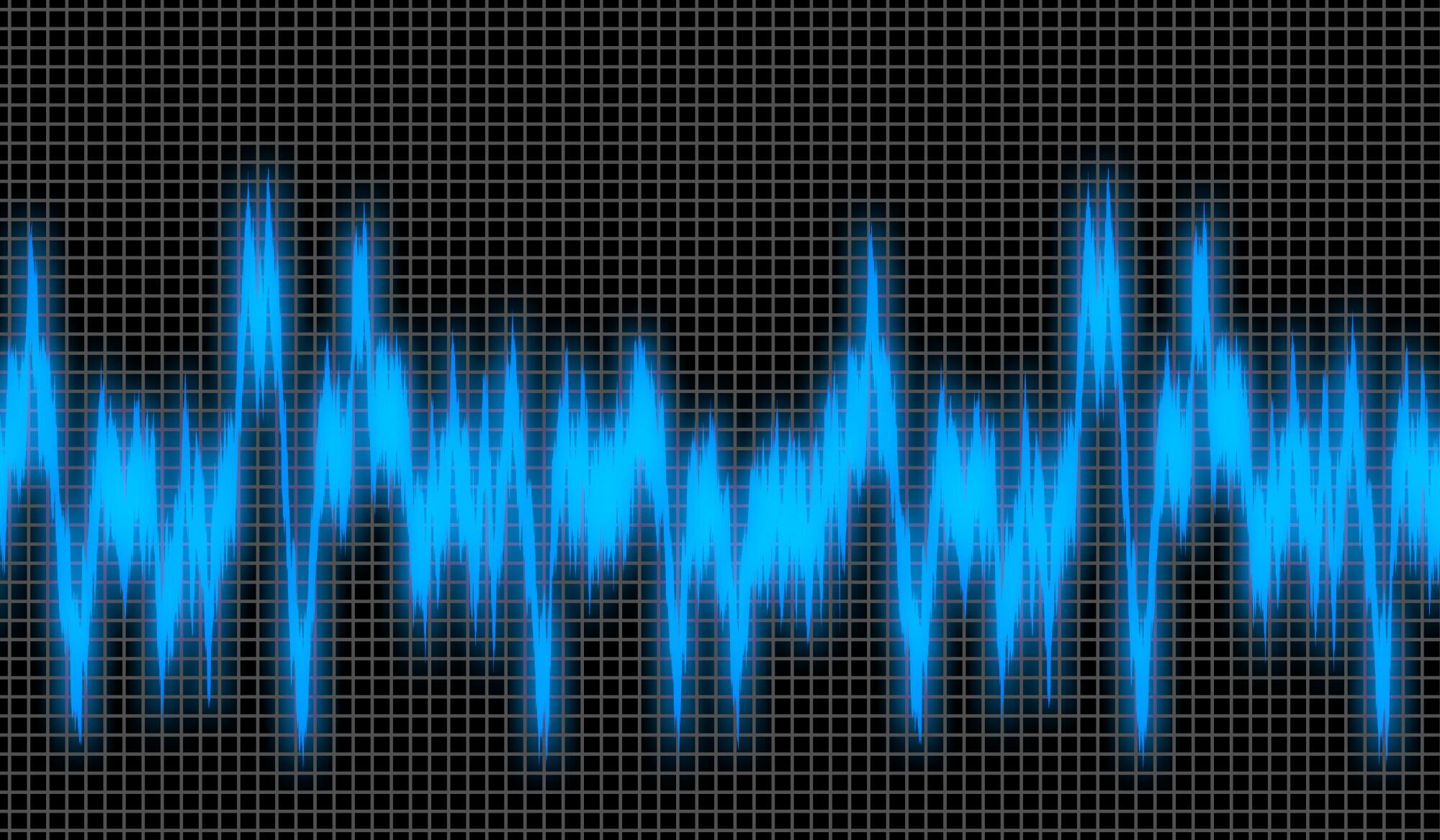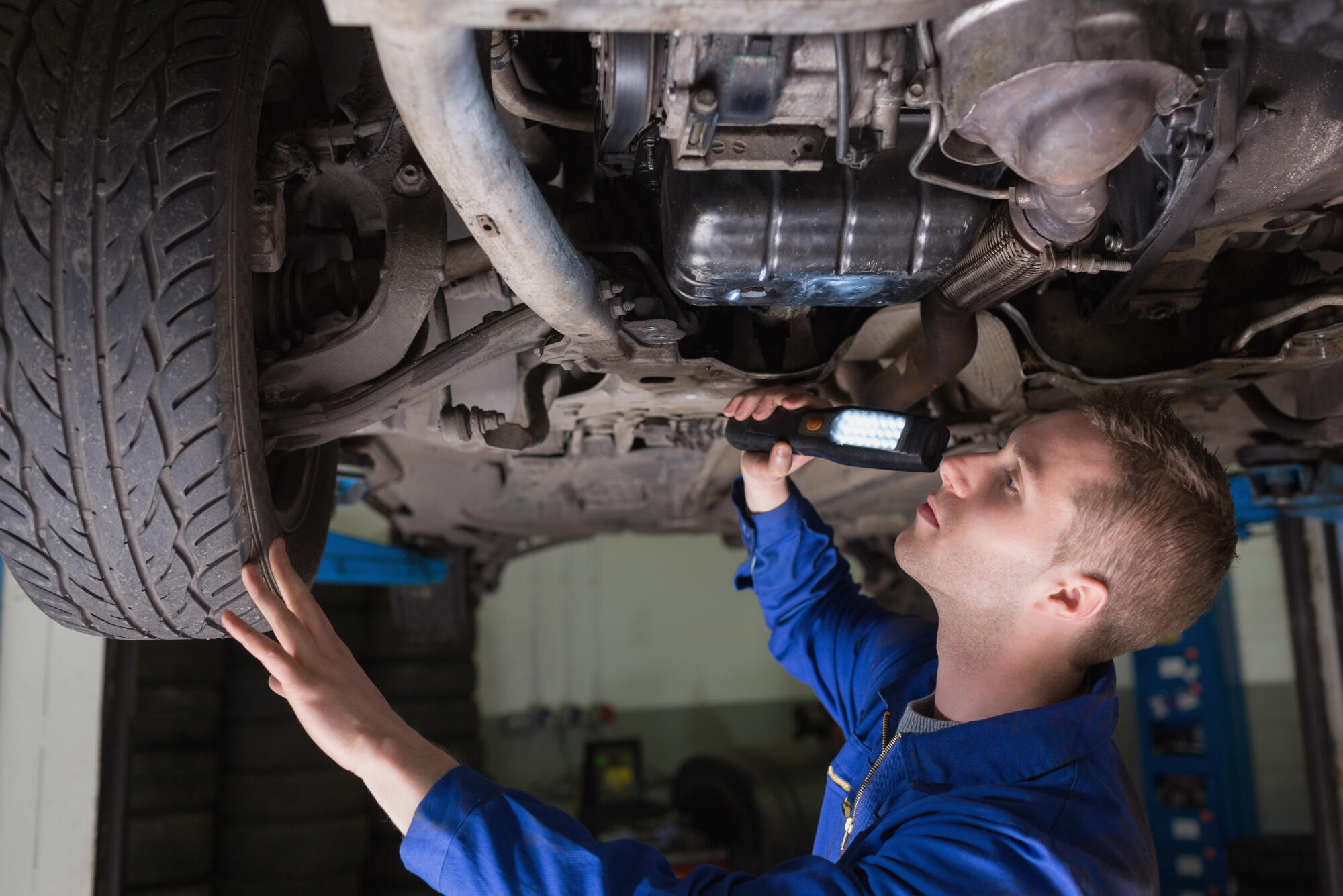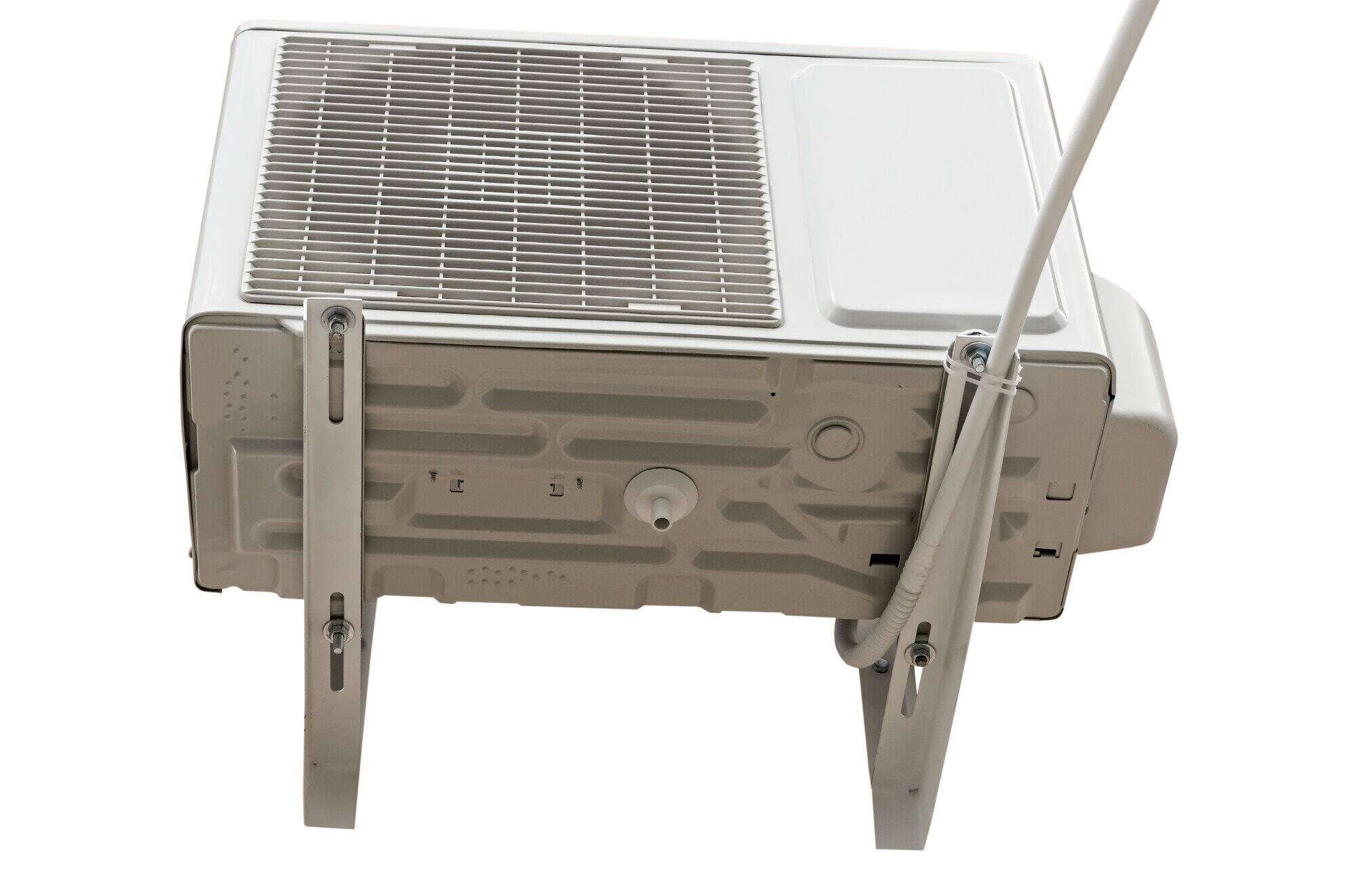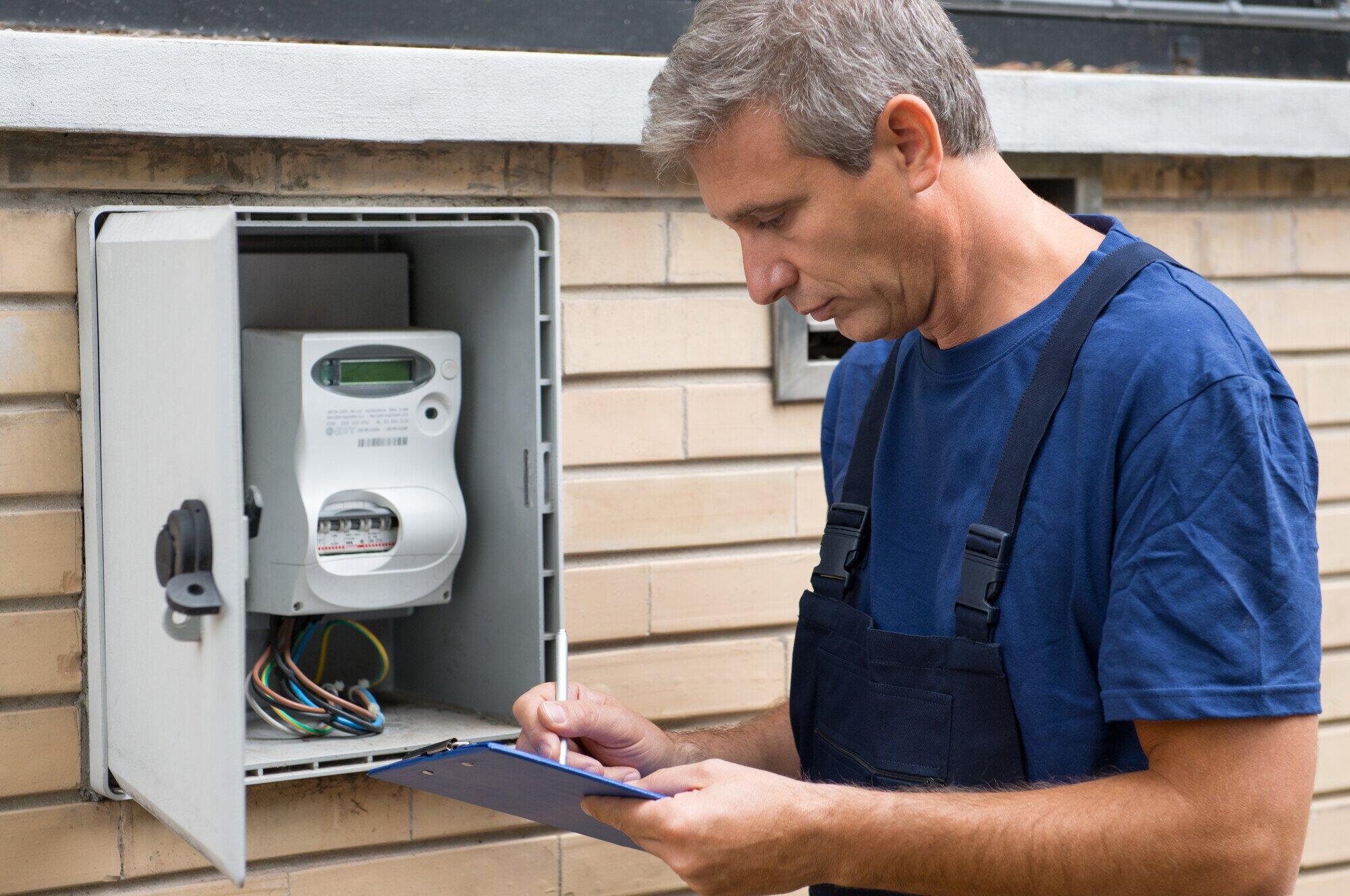A water heater is one of the most important appliances in any home. It provides hot water for showers, cleaning, and cooking. But sometimes, the water heater may trip the breaker.
When this happens, the water heater shuts down and cannot heat water. This issue is not only frustrating but can also signal an electrical or mechanical problem.
Understanding the causes and knowing how to fix them can save time and prevent costly repairs.
Faulty Heating Element
One of the most common reasons for a water heater tripping the breaker is a faulty heating element. Over time, the element can wear out or develop cracks. When this happens, the electrical current inside the heater may short circuit. This short can cause the breaker to trip for safety.
To fix this issue, turn off the power and test the heating element with a multimeter. If the test shows no continuity, the element is bad and needs to be replaced. Installing a new heating element usually restores normal function.
Electrical Wiring Issues
Loose or damaged wiring inside the water heater can also trip the breaker. Wires that are frayed, burned, or not connected properly can create sparks or heat. This unsafe condition causes the breaker to shut off power to prevent fire or electrical shock.
The solution is to inspect the wiring for visible damage or loose connections. Burned marks or melted insulation are signs of trouble. In this case, the wiring should be repaired or replaced. Since electrical work can be dangerous, it is often best to hire a licensed electrician.
Overloaded Circuit
Sometimes, the breaker trips because the circuit cannot handle the power demand. A water heater uses a lot of electricity. If the heater shares a circuit with other appliances, it can overload the breaker. This often happens in older homes where the electrical panel was not designed for modern usage.
To fix this problem, make sure the water heater has its own dedicated circuit. If it already does, then the breaker may not be large enough to support the heater. An electrician can upgrade the breaker or electrical panel to handle the load more safely.
Moisture and Internal Leaks
Water heaters can sometimes develop leaks inside the tank or around electrical parts. Moisture near electrical connections is dangerous. When water comes into contact with wiring or the heating element, it can cause a short circuit and trip the breaker.
To correct this, inspect the tank for leaks or rust. If you find water near the electrical components, turn off the power immediately. Depending on how severe the leak is, you may need either a repair or a full water heater replacement.
If you want to learn more about why your electric water heater keeps tripping the breaker, this offers insights into common problems and solutions.
Learn More About Water Heater Tripping Breaker
A water heater that keeps tripping the breaker is often a sign of an underlying problem. Common causes include faulty heating elements, bad wiring, or a failing thermostat. Checking these parts can help find the issue.
Simple fixes like replacing a part or tightening connections often solve the problem. If the issue continues, it is best to call a licensed electrician for safety.
If you’d like to learn more, check out more articles on our blog.


